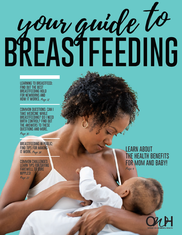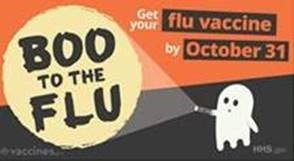OverviewThe observance of Domestic Violence Awareness Month (DVAM) in October presents an opportunity for the Office on Women’s Health (OWH) to reiterate its commitment to raising awareness about violence against women and its health consequences. For DVAM 2020, OWH will focus its efforts in educating the general public about how they can help friends and loved ones who are being abused.
Key Messages- Domestic violence is when one person in a relationship purposely hurts their partner. It includes physical, emotional, and sexual abuse.
- Know the possible signs of abuse. If you know a friend or loved one who is being abused, there are ways you can help.
- Some ways you can help a friend or loved one who is being abused include: setting up time to talk, helping to develop a safety plan, encouraging your friend to talk to someone who can help, and more.
- Domestic violence affects women from all backgrounds and of all ages every day. No matter where, when, or how violence and abuse occur, it is always the abuser’s fault. It is never the victim’s fault.
- Women can find help from health care providers who should be educated about screenings, signs of abuse, how to respectfully engage with victims of sexual violence, and what resources are available to help women recover and escape, as needed.
- Survivors of domestic abuse or spousal abandonment who would like to enroll in a health plan separate from their abuser or abandoned may be eligible for a special enrollment period through the Marketplace. Their dependents may also be eligible. This can help women get the medical and psychological care they need but may not have been able to get.
- Visit womenshealth.gov and girlshealth.gov for more information on domestic violence and how to help a friend who is being abused.
- Some of the public health actions to reduce the spread of COVID-19 include avoiding large and small gatherings in private places and public spaces, working remotely, and closing schools. While these measures are critical for slowing the spread of COVID-19, they may contribute to an increase in violence. Find support resources.
 This easy-to-read publication has how-to information and support to help women breastfeed successfully. - Print copies of Your Guide to Breastfeeding by opening the PDF file (2.2 MB) and using your own printer.
- Download the ePub, free of charge, for your tablet, eReader, or smartphone from the U.S. Government Bookstore, Apple iBooks, Google Play, Barnes and Noble, and OverDrive.
|
Spread the word: #BoototheFlu! Get your flu vaccine by Halloween
 Flu season is officially here! I wanted to share a few resources for getting the word out about the importance of an annual flu vaccine. Digital Toolkits - Boo to the Flu Toolkit: | Timing: October 1-31, 2020 CDC recommends getting a flu vaccine before the flu starts to spread—typically by the end of October. Vaccines.gov created the Boo to the Flu toolkit to help raise awareness that everyone 6 months of age and older needs a flu vaccine by Halloween. The toolkit includes social media graphics, posts, sticker templates, posters, and more (note: all materials will be available by COB Friday, Oct. 2).
- CDC Flu Toolkit | Timing: Throughout Flu Season (Sept.-March)
- National Influenza Vaccination Week (NIVW) Toolkit | Timing: Dec. 6-12, 2020
Other Tips and Events: - Tues., Oct. 13 from 7-8:30pm: Instagram Live Q&A on Flu Vaccination with the Surgeon General, OMH, Vaccines.gov, and Social Media Influencers (Details to follow)
|
|
|









No hay comentarios:
Publicar un comentario